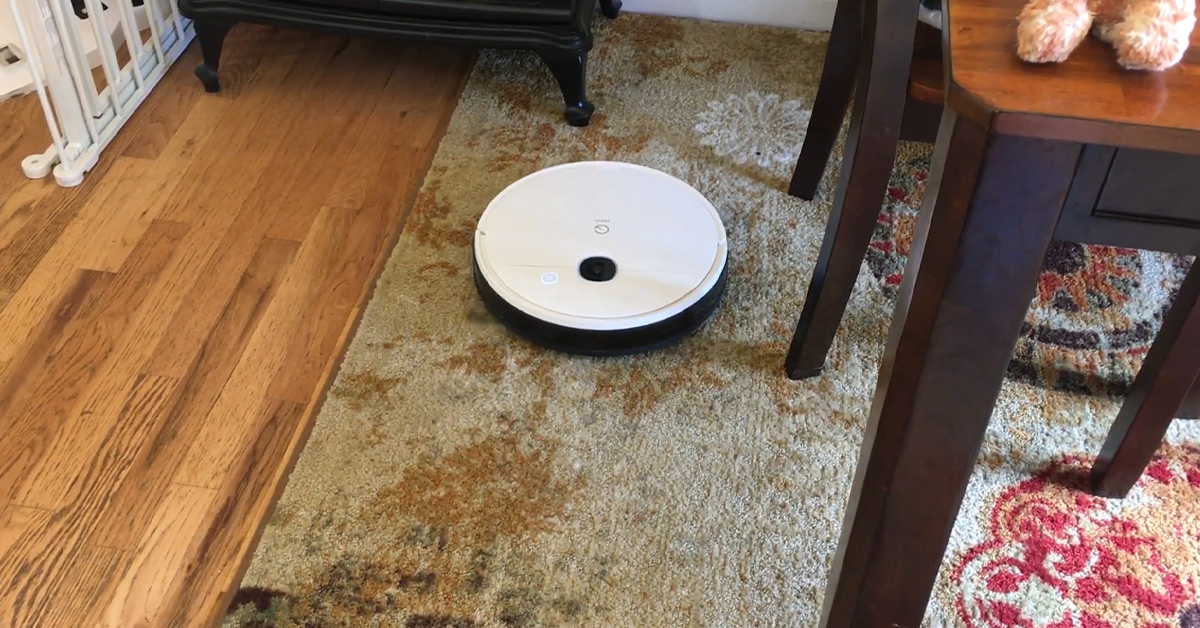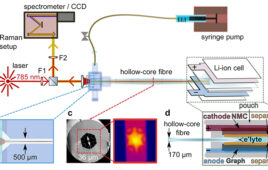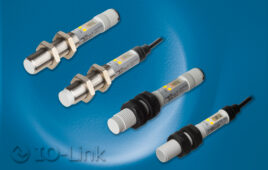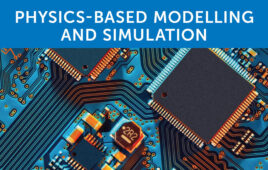SLAM (simultaneous localization and mapping) is used in autonomous vehicles of all types to build a map and simultaneously locate the vehicle in that map. SLAM algorithms allow the vehicle to analyze and map out unknown environments. With this map information, the vehicle can implement path planning and obstacle avoidance.
Visual SLAM uses cameras and/or laser range finders. Other alternatives, especially where visual sensors are not effective, use non-visible data sources and basic positional data from an inertial measurement unit (IMU) or include tactile SLAM that uses touch sensors and acoustic SLAM that uses microphones.
Visual SLAM algorithms use two different techniques to estimate the camera motion. The indirect approach uses the feature points of images to minimize reprojection errors. In contrast, the direct method uses the overall brightness of images to minimize photometric errors. Using the sensor data, the device’s algorithms compute an initial estimate of where it is. As new positional information is collected, the estimate is revised and improved.
A home robot vacuum with SLAM, demonstrates the benefits of the design technique. Without SLAM, it would move randomly within a room and require many passes to clean the entire area. With SLAM, it implements a systematic approach to completely clean while minimizing travel and power consumption for increased battery life.
In the localization phase, robots with SLAM can use data from cameras and other imaging sensors and other information, such as the number of wheel revolutions, to determine the amount of movement needed. With the mapping capability, the robot can simultaneously use the camera and other sensors to create a map of the obstacles to avoid and a path plan to avoid cleaning the same area twice.
A real-world example is the yeedi vac max – the first 2-in-1 robot vacuum/mop to clean both hard wood floors and carpets. Advanced Carpet Identification sensors detect the transition from carpet to wood floors and automatically adjust machine settings so it does not to mop on carpets and increases suction power when it detects carpeting.
Visual SLAM sensor-based mapping technology provides an accurate map view that is customizable with virtual boundaries, designated areas and cleaning schedules. The system maps out the floor similar to GPS so cleaning can be performed in consistent rows. With its editable home map, the user can click on the map to clean or avoid certain rooms or targeted areas.
Resources:
https://geoslam.com/what-is-slam/
https://www.mathworks.com/discovery/slam.html
Filed Under: Sensor Tips




